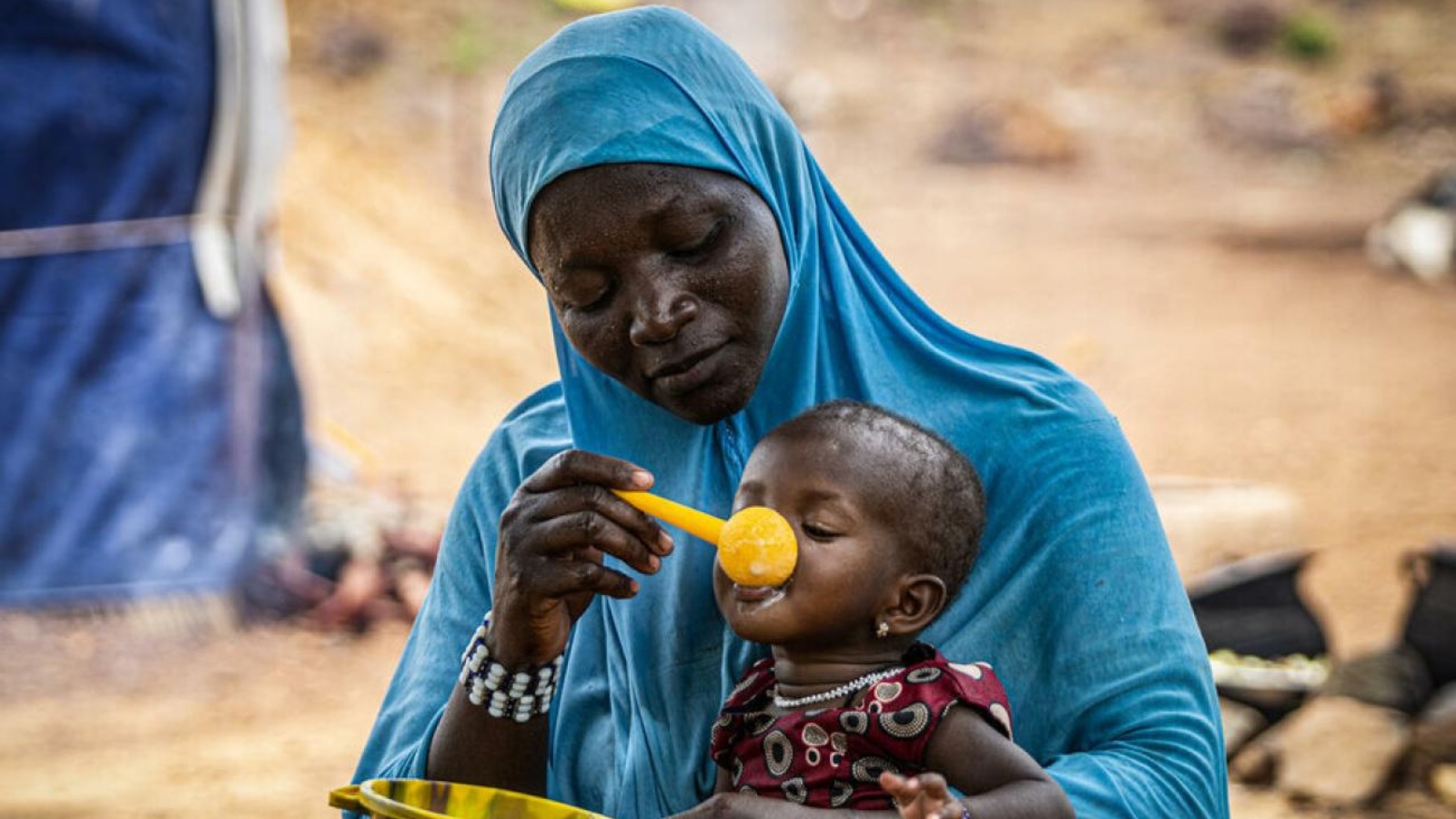
The Hunger Hotspots: FAO/WFP Early Warnings on Acute Food Insecurity report is a series of analytical products produced under the Global Network Against Food Crises initiative, to enhance and coordinate the generation and sharing of evidence-based information and analysis for preventing and addressing food crises.
Report Highlights
According to the latest Hunger Hotspots report, GNAFC partners – the Food and Agriculture Organization of the United Nations (FAO) and the United Nations World Food Programme (WFP) – warn that acute food insecurity is set to increase in both magnitude and severity across 22 countries and territories from November 2024 to May 2025, the spread of conflict, particularly in the Middle East – coupled with climate and economic stressors – is pushing millions of people to the brink. The report spotlights the regional fallout from the crisis in Gaza which has seen Lebanon engulfed in conflict and warns that the La Niña weather pattern could impact climates through March 2025, threatening fragile food systems in already vulnerable regions.
Famine
The report draws attention to famine in the Zamzam camp in North Darfur and famine risk in other areas of Sudan, the enduring risk of famine in Palestine (Gaza Strip) and the catastrophic levels of acute food insecurity in Haiti, Mali and South Sudan. It warns that without immediate humanitarian action and concerted efforts to overcome severe access constraints and resolve ongoing conflicts, further starvation and death are likely.
La Niña
The effects of the La Niña weather pattern, anticipated to impact global climates from November 2024 through March 2025, are expected to further exacerbate some of the food crises. While some areas may benefit from improved agricultural conditions, La Niña is likely to cause devastating floods in countries such as Nigeria and South Sudan, while potentially contributing to dry conditions in Somalia, Kenya, and Ethiopia. These extreme weather events threaten already fragile food systems, putting millions at risk of hunger.
New Hunger Hotspots
Since the previous edition of the Hunger Hotspots report (June 2024), Kenya, Lesotho, Namibia and Niger have joined the previous list of 18 hunger hotspots. Now in total, 22 countries/territories are classified as “hunger hotspots”, where high levels of acute food insecurity are expected to further deteriorate due to the combination of conflict, economic instability, and climate shocks during the outlook period. Without immediate intervention, including increased funding for food and livelihoods assistance, hundreds of thousands more people are expected to face starvation in the coming months.
Ceasefires never more urgent
“If we are to save lives and prevent acute hunger and malnutrition, we urgently need a humanitarian ceasefire,” said QU Dongyu, FAO Director-General. The FAO chief insisted on the need for Palestinians to be given access to highly nutritious food and enabled to start local food production once again.
Echoing that call, Cindy McCain, WFP Executive Director said that it was “time for world leaders to step up and work with us to reach the millions of people at risk of starvation; delivering diplomatic solutions to conflicts, using their influence to enable humanitarians to work safely, and mobilizing the resources and partnerships needed to halt global hunger in its tracks.”
Sources: FAO/WFP and UN News
 Welcome to the United Nations
Welcome to the United Nations